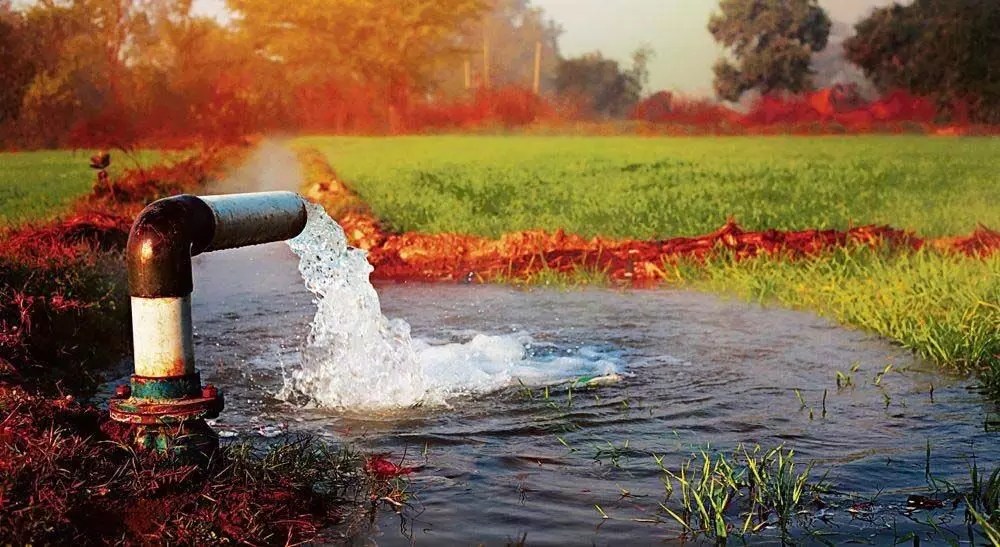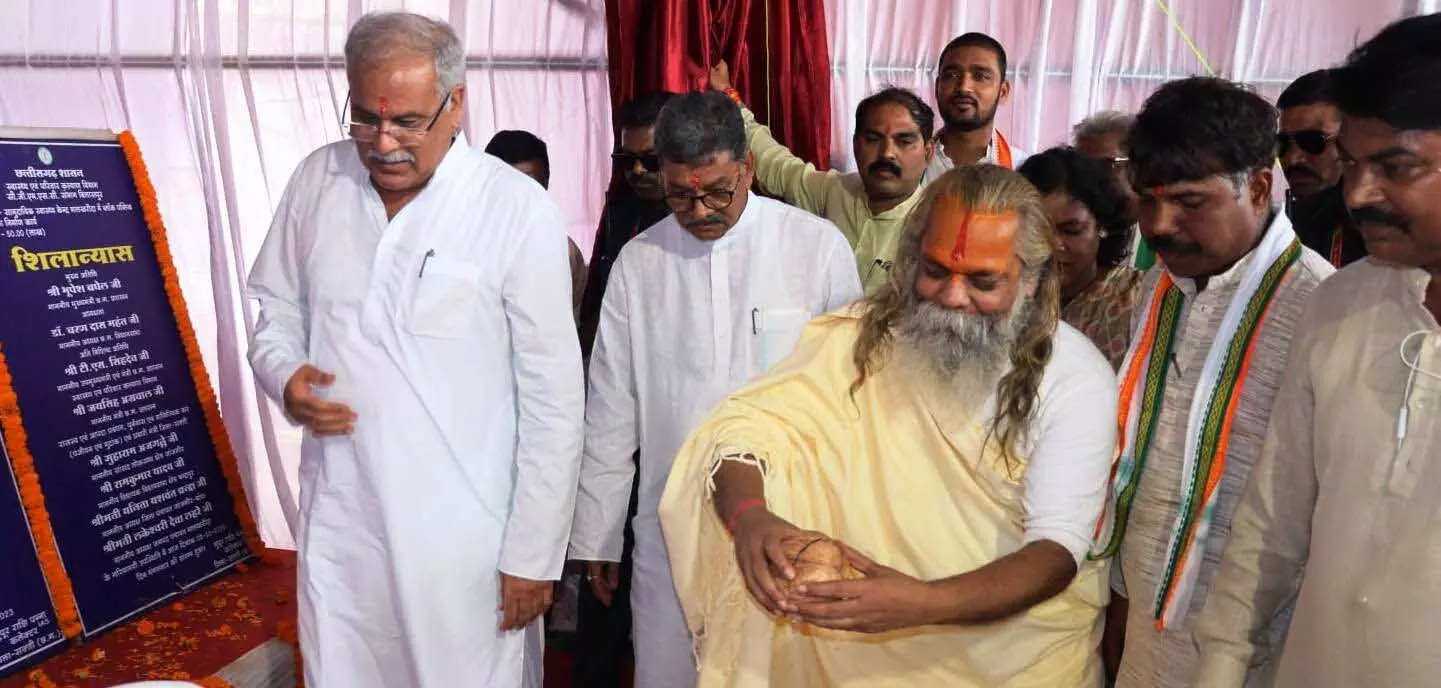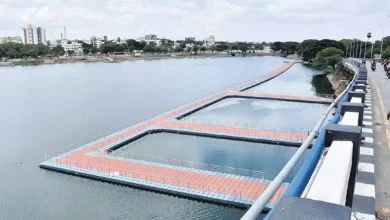Uranium in groundwater in Malwa: Japanese team will help in investigation

A group of researchers from Guru Nanak Dev University (GNDU), in collaboration with the International Advanced Research Institute (IARI) of Tokyo Metropolitan University, Japan, Osaka University, Japan, is undertaking a project to explore the causes of uranium poisoning and further ground-up operations. Is working on. -Chemical investigation in four Malwa districts of Punjab – Bathinda, Mansa, Ferozepur and Faridkot.
Professor Bikramjit Singh Bajwa, a physicist (with expertise in environmental radioactivity, geochemistry and uranium distribution studies in groundwater and soil), Dr. Satveer Singh (Assistant Professor, CT University, Ludhiana with expertise in environmental radioactivity and chemical engineering ) and Dr. Inderpreet Kaur, Department of Chemistry, GNDU, are part of the research group.
In 2012, researchers from Guru Nanak Dev University led by Professor Bikramjit Singh Bajwa started scientific investigation and investigation of the presence of uranium in groundwater in Bathinda, Mansa, Ferozepur and Faridkot after much publicity over the issue. The initial investigation was funded by the Bhabha Atomic Research Centre, Mumbai. In the last decade, the group of researchers in their analysis found the average uranium content to be 88 µg L-1 and 61 µg L-1, with samples in Bathinda and Faridkot being above 74% and 61% respectively. WHO has accepted a limit of 30 µg L-1 in groundwater. Similarly, in many areas of Mansa and Ferozepur, the amount of uranium in groundwater was more than the WHO’s acceptable limit. In 2019, Dr. Bajwa also conducted a study in seven northeastern districts (Kapurthala, Jalandhar, Gurdaspur, Hoshiarpur, Amritsar and Tarn Taran), which found no uranium poisoning in the groundwater.
Professor Bikramjit said that although most researchers have considered geologic reasons to be the cause of uranium contamination, it is not the only reason. ‘Data compiled over ten years by our research team revealed that groundwater in four SW districts had the presence of not only uranium, but also high TDS, salinity and other heavy metals, while the soil had no presence of any of these . In addition, the area has alluvial soil, which contains various proportions of sand, silt and clay, but this does not actually prove any specific geochemical reason for the presence of uranium. Furthermore, a few years ago, the claim that uranium concentrations could be attributed to the use of uranium in the war in Afghanistan was refuted by scientists. Therefore, we invited a team of scientists from Japan to collaborate with us on this project,” he said. Dr Bajwa said the study is important because it can conclude what causes uranium poisoning.
In their study, GNDU researchers revealed the contribution of both geogenic (weathering of rocks) and anthropogenic sources (excessive use of agrochemicals in agricultural lands and release of inefficiently treated industrial effluents) to the degradation of groundwater quality. .
















